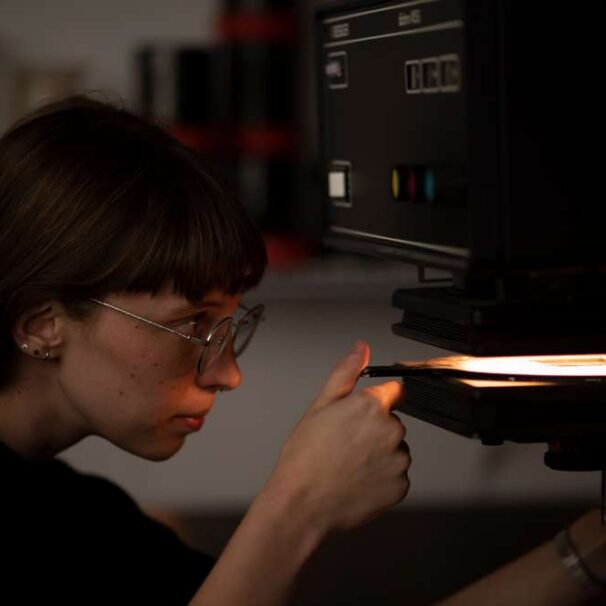HealthProviders DB is a comprehensive database of healthcare providers, including a complete directory of all Darkroom Technicians.
Other Technician Healthcare Taxonomy Code 2472D0500X
As of today, the following are the total number of Darkroom Technicians nationally, in your state, and near your location.
Select the State to show the list of Darkroom Technicians by State. In addition, you can also narrow the list by City and more from the filter panel.
Alaska – Alabama – Armed Forces Pacific – Arkansas – American Samoa – Arizona – California – Colorado – Connecticut – District of Columbia – Delaware – Florida – Federated States of Micronesia – Georgia – Guam – Hawaii – Iowa – Idaho – Illinois – Indiana – Kansas – Kentucky – Louisiana – Massachusetts – Maryland – Maine – Marshall Islands – Michigan – Minnesota – Missouri – Northern Mariana Islands – Mississippi – Montana – North Carolina – North Dakota – Nebraska – New Hampshire – New Jersey – New Mexico – Nevada – New York – Ohio – Oklahoma – Oregon – Pennsylvania – Puerto Rico – Palau – Rhode Island – South Carolina – South Dakota – Tennessee – Texas – Utah – Virginia – Virgin Islands – Vermont – Washington – Wisconsin – West Virginia – Wyoming
Medicare
The following are the total number of Darkroom Technicians who accept Medicare in your state, the number who have opted out of Medicare, and the total number excluded from participation in Medicare nationwide.
You can download the Darkroom Technicians dataset using HealthProviders DB Export.

What do Darkroom Technicians do?
Darkroom technicians develop and process film, print photographs, and maintain darkroom equipment using traditional chemical methods.
Their responsibilities include mixing and managing chemicals, operating enlargers and processors, performing quality control on final prints, and ensuring safety protocols are followed.
This role requires strong attention to detail, knowledge of photographic processes, and the ability to work in low-light environments, with demand now focused on specialized fields such as fine art, archival work, and studios that still use film.
What they do
Film and Print Processing: Developing exposed photographic film and printing images from negatives using light-sensitive materials and chemical baths.
Chemical Management: Mixing and maintaining the correct temperature and concentration of various chemical solutions used in the darkroom.
Equipment Operation & Maintenance: Operating and cleaning darkroom equipment like enlargers and color processors, as well as calibrating and maintaining them.
Quality Control: Inspecting negatives and final prints for defects and ensuring they meet quality standards.
Safety & Cleanliness: Adhering to safety protocols for handling chemicals and maintaining a clean, dark environment for sensitive materials.
Collaboration: Working with photographers to achieve specific artistic effects or meet project specifications.
Essential Skills and Traits
Attention to Detail: Crucial for precise timing and chemical handling to avoid errors that can ruin photographic materials.
Technical Knowledge: A strong understanding of film development techniques, photographic processes, and the operation of darkroom equipment.
Adaptability: Ability to adapt to evolving technologies and potentially integrate digital skills to remain relevant.
Physical Dexterity: Comfort and precision in handling delicate photographic materials and performing repetitive tasks.
Patience and Focus: Working in a dimly lit environment for extended periods requires a high degree of focus and patience.
Environment
Photography Studios: Where film-based work is still actively practiced.
Print Labs: Commercial facilities specializing in photographic processing.
Archival Institutions: For the preservation and processing of historical film-based records.
Fine Art: In settings where the unique artistic results of darkroom printing are highly valued.

